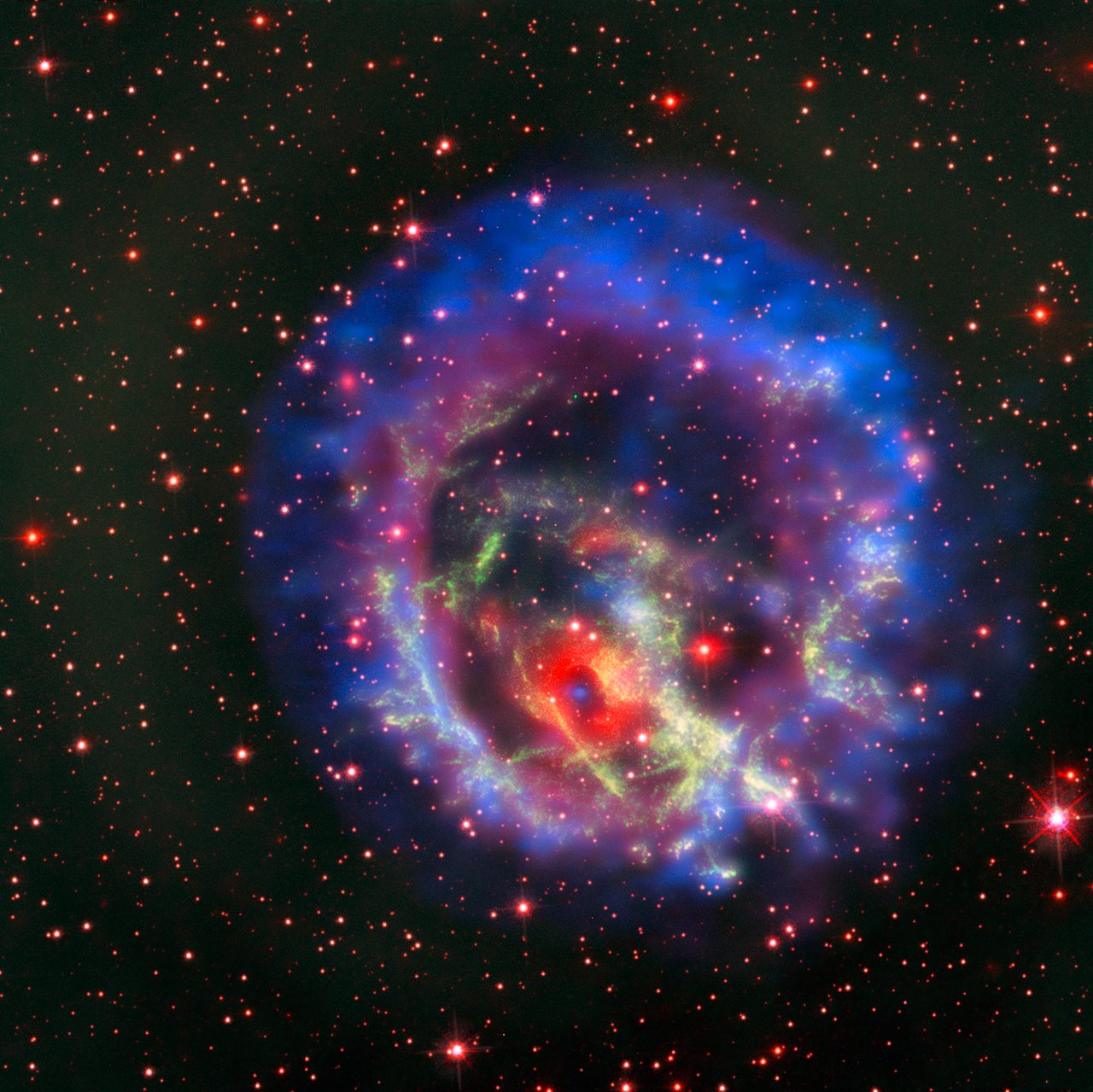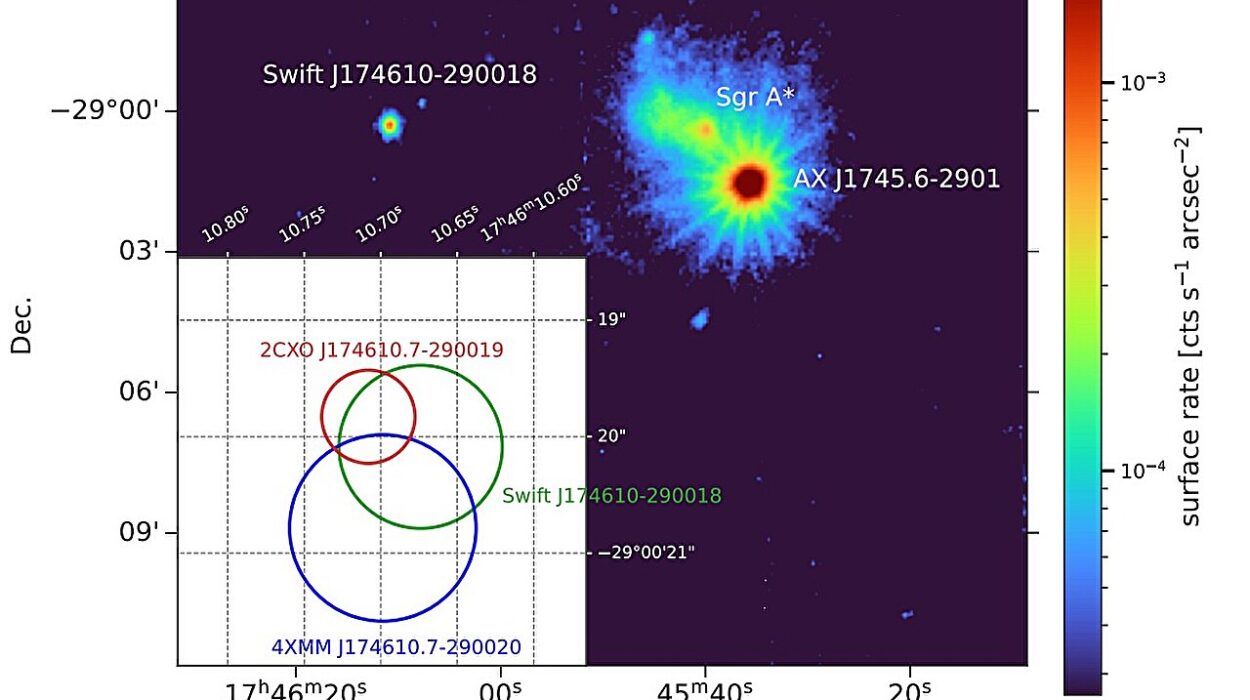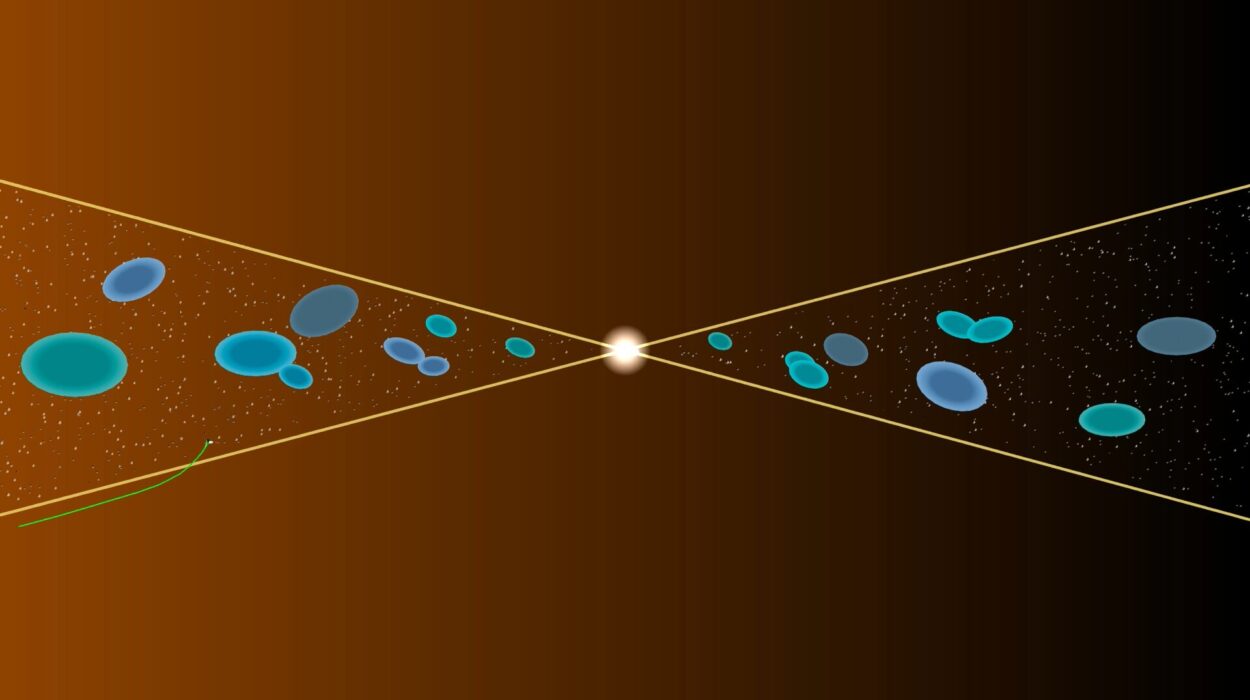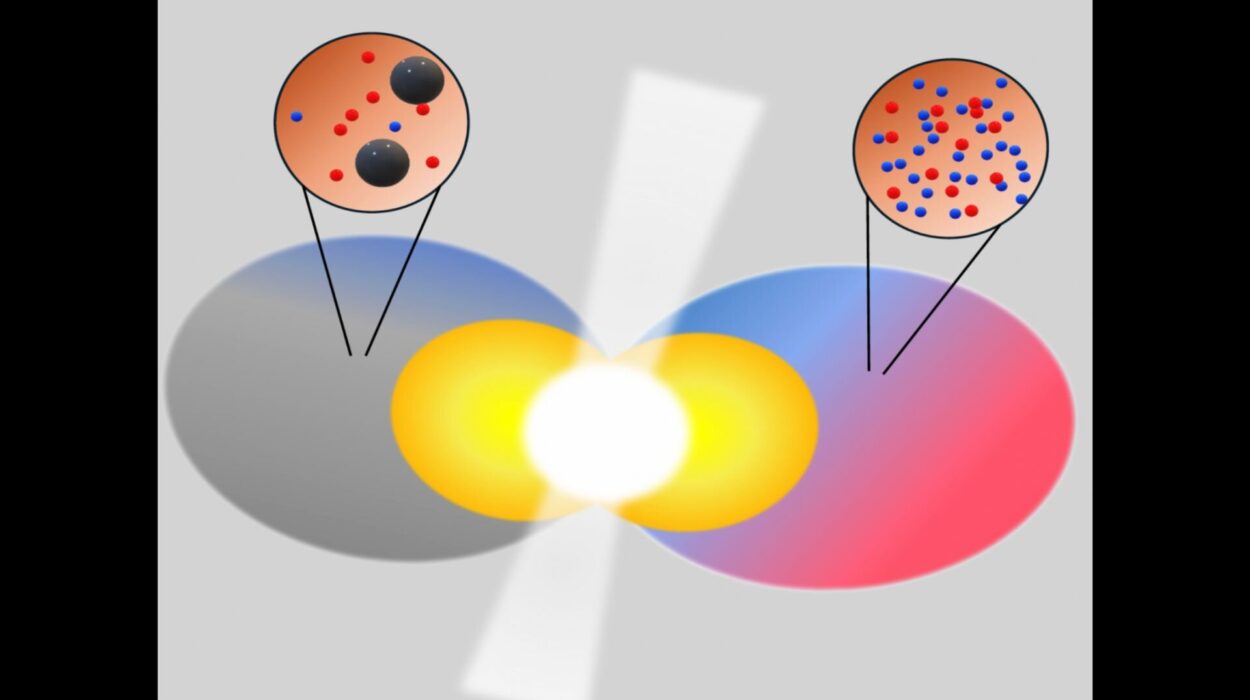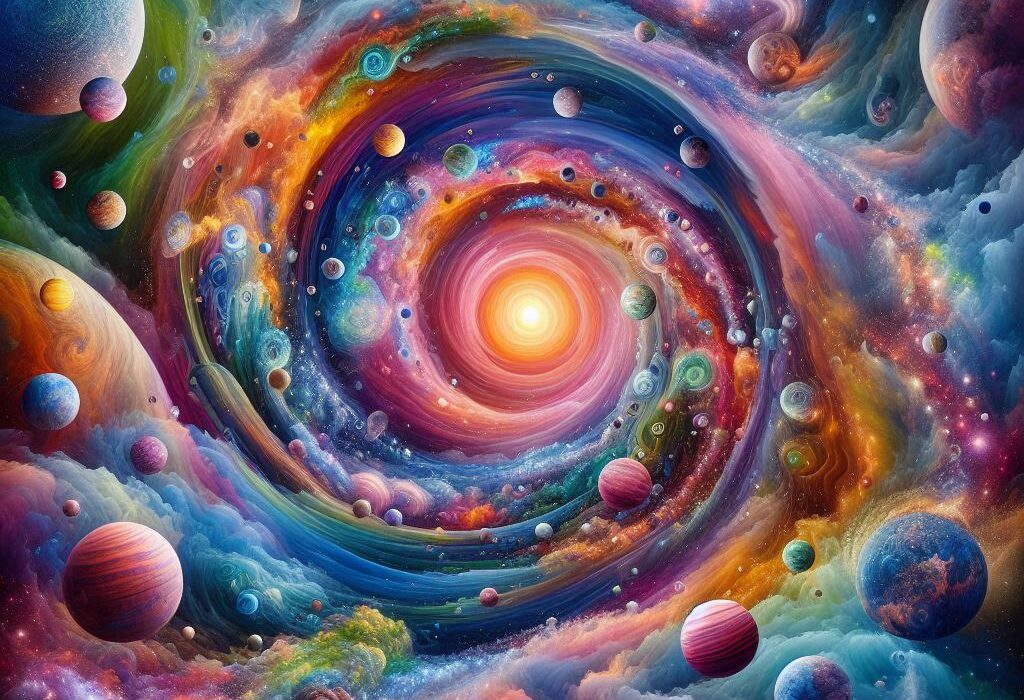For millennia, humans have looked up at the stars and seen permanence. The night sky seemed an unchanging canvas, dotted with pinpoints of light that never aged, never dimmed, never moved. But science has shattered that illusion. Stars are not eternal. They are born, they live dazzling lives, and—most intriguingly—they die.
The death of a star is one of the most dramatic, beautiful, and violent events in the universe. A star’s demise can lead to astonishing rebirths: from the birth of planets and nebulae to the formation of black holes that warp the fabric of spacetime itself. To understand how stars die, we must first understand what they are, how they live, and why they are doomed from the moment of their birth.
This is not just an article about astronomy. It’s a tale of time, pressure, heat, collapse, transformation—and a touch of cosmic poetry. Let’s explore the complete life cycle of stars, culminating in their breathtaking ends.
The Life of a Star: Fusion, Balance, and Destiny
Every star is a cosmic engine, a brilliant furnace where atoms are forged, fused, and transformed. Stars are born from clouds of gas and dust—primarily hydrogen—floating through galaxies. Under the influence of gravity, these clouds collapse, and as they do, they heat up. When the core of the forming star reaches about 10 million degrees Celsius, nuclear fusion ignites.
Fusion is the process that powers a star for most of its life. In the core, hydrogen atoms collide and fuse into helium, releasing enormous amounts of energy in the form of heat and light. This energy provides an outward pressure that perfectly balances the inward pull of gravity. For millions to billions of years, this balance defines a star’s life.
But fusion is not infinite. Once the hydrogen in the core runs out, the star’s delicate equilibrium begins to unravel. What happens next depends on a star’s mass, and that is where the stories of stellar death diverge—into quiet endings, explosive finales, and collapses into oblivion.
The Mass Factor: Size Determines Fate
Not all stars die the same death. In fact, the way a star dies depends almost entirely on its mass. This single factor determines everything from the star’s lifespan to the violence of its death and the exotic object it might leave behind.
We can roughly categorize stars into three groups:
- Low-mass stars (less than 0.5 times the mass of our Sun)
- Medium-mass stars (like our Sun, up to about 8 solar masses)
- High-mass stars (greater than 8 solar masses)
Each class leads to a distinct fate. Let’s explore each in depth.
The Peaceful Death of Low-Mass Stars
Low-mass stars live incredibly long lives. Some of them may live trillions of years—longer than the current age of the universe. These stars, often red dwarfs, burn hydrogen very slowly. Because of their longevity and small size, none of them have yet reached the end of their lives in the observable universe.
But when they do, their end will be quiet. As their hydrogen fuel runs out, fusion will slowly dwindle. Without enough mass to ignite helium fusion, the star will become increasingly dim. It will cool and contract into a dense, Earth-sized object known as a white dwarf.
Eventually, even the white dwarf will stop emitting visible light, cooling over billions of years into a hypothetical “black dwarf”—a cold, dark, inert stellar corpse. None exist yet, because the universe is not old enough.
This slow, fading process is the stellar equivalent of slipping gently into the night, a cosmic whisper rather than a scream.
The Tragic Glory of Sun-Like Stars
Stars like our Sun lead more dramatic lives. They shine steadily for billions of years, fusing hydrogen into helium in their cores. When the hydrogen runs out, the core contracts and heats up, while the outer layers expand. The star becomes a red giant.
In this swollen, unstable state, the star begins fusing helium into carbon and oxygen. Meanwhile, it loses mass as stellar winds blow away its outer layers. These layers drift into space, forming a gorgeous shell of glowing gas known as a planetary nebula.
At the heart of the nebula, the core remains—a white dwarf, no longer fusing elements but still incredibly hot. Over time, it too will cool and dim, awaiting its quiet end as a black dwarf.
This process—burnout, expansion, shedding, and slow cooling—will be our Sun’s fate in about five billion years. The planetary nebula it creates will shine for a few tens of thousands of years, a glowing farewell before fading into the interstellar medium.
The Violent Death of Massive Stars
The most spectacular stellar deaths belong to the giants. High-mass stars—those over eight times the Sun’s mass—burn hotter and faster than their smaller cousins. They live fast, die young, and go out in an explosion that reshapes the galaxy.
When a massive star exhausts the hydrogen in its core, it continues fusing heavier elements: helium, carbon, neon, oxygen, silicon. This process creates an onion-like structure inside the star, with successive shells fusing different elements.
But this chain of fusion has a fatal limit. When iron forms in the core, the star’s fate is sealed. Iron cannot be fused into heavier elements without consuming energy, rather than releasing it. Fusion stops. The balance between gravity and pressure collapses in an instant.
Gravity wins.
The core collapses at incredible speeds. In less than a second, the inner core compresses into an ultra-dense ball—possibly a neutron star or black hole. The outer layers crash inward, rebound off the core, and explode outward in a supernova—one of the most violent events in the universe.
A supernova can outshine an entire galaxy for weeks. The explosion hurls elements into space—carbon, oxygen, gold, uranium—seeding the universe with the ingredients for planets, life, and future stars.
What remains depends on the mass of the core. If it’s between about 1.4 and 3 solar masses, it becomes a neutron star—a city-sized object so dense that a teaspoon of it would weigh a billion tons. If the core is even more massive, it collapses further into a black hole, a point of infinite density and zero volume, where not even light can escape.
Supernovae: The Universe’s Fireworks
Supernovae are more than beautiful. They are essential.
Every atom of iron in your blood, every speck of gold in your jewelry, every grain of calcium in your bones—was forged in the heart of a dying star or during a supernova explosion. These explosions are the ultimate recyclers, distributing the elements forged during a star’s lifetime into the interstellar medium, where they can form new stars, planets, and life.
Astronomers classify supernovae into several types. Type II supernovae are the core-collapse events of massive stars. Type Ia supernovae are different: they occur when a white dwarf in a binary system gains enough mass from its companion to reignite fusion uncontrollably. These explosions are so predictable in their brightness that astronomers use them to measure cosmic distances.
In both cases, supernovae are nature’s way of breaking things apart to make something new. In death, stars become creators.
Neutron Stars: The Universe’s Exotic Matter
Neutron stars are among the strangest objects known to physics. Born from the collapsed cores of massive stars, they pack more mass than the Sun into a sphere just 20 kilometers wide.
Inside a neutron star, matter is crushed so tightly that electrons and protons merge into neutrons. This matter, called neutron-degenerate matter, is unlike anything on Earth. The surface gravity is so intense that if you dropped a marshmallow onto a neutron star, it would hit the surface with the energy of a nuclear bomb.
Some neutron stars rotate rapidly, emitting beams of radiation from their magnetic poles. These are called pulsars. When the beams sweep past Earth, they appear as regular pulses of light, like cosmic lighthouses.
Despite their small size, neutron stars can produce some of the universe’s most energetic phenomena. When two neutron stars merge, they generate gravitational waves and may create a kilonova—a spectacular event that produces heavy elements like gold and platinum.
Black Holes: Death Beyond the End
The most mysterious stellar remnants are black holes, formed when the core of a massive star collapses beyond the neutron star stage.
A black hole is a region where gravity is so strong that nothing—not even light—can escape. Its boundary is called the event horizon. Once anything crosses it, that object is lost to the observable universe.
At the center lies the singularity, a point of infinite density where the laws of physics as we know them break down. Time and space cease to have meaning.
Black holes are not just theoretical. Astronomers have observed them indirectly through their effects on nearby matter. Gas spiraling into a black hole heats up and emits X-rays. Stars orbiting an invisible companion reveal the presence of a massive, dark object.
In 2019, humanity saw its first image of a black hole’s event horizon, captured by the Event Horizon Telescope. It was the shadow of a stellar corpse—a haunting reminder of the power and mystery of star death.
Rebirth: The Cosmic Cycle
The death of a star is never the end. It’s a transformation.
The material ejected in supernovae enriches the galaxy with heavy elements. New stars form from these enriched clouds, often surrounded by planets. Our own Sun and Earth were born from the ashes of long-dead stars. Every atom in your body—every carbon, nitrogen, and oxygen atom—was once inside a star.
This cosmic recycling is the grand narrative of the universe. Stars die so others can be born. Their deaths are not endings, but preludes.
Even black holes, once thought to be cosmic endpoints, may not be eternal. Theoretical physicist Stephen Hawking proposed that they slowly evaporate through a process known as Hawking radiation. If true, even black holes eventually die—although on timescales that dwarf the age of the universe.
In the far future, long after the last stars have faded, white dwarfs may collide and explode. Neutron stars may merge. Black holes may decay. The cosmos itself continues evolving, echoing with the deaths and rebirths of stars.
Conclusion: The Light That Never Truly Dies
Stars are the engines of the universe. They light our skies, shape our planets, and create the elements that make life possible. Their deaths—whether quiet fades, violent blasts, or silent collapses—are not signs of failure. They are chapters in a vast, ongoing cosmic story.
To ask how stars die is to ask how the universe evolves. It is to confront time on a scale beyond comprehension, to witness forces more powerful than any on Earth, and to understand that death in the cosmos is rarely an end.
The next time you look up at the stars, remember: you are seeing ghosts. Many of those lights are already gone, their photons traveling for hundreds or thousands of years before reaching your eyes. In the grand ballet of galaxies and time, light lingers long after its source fades.
And when you see a shooting star, a supernova image, or the soft glow of a nebula, remember: you are not just seeing death. You are witnessing rebirth, transformation, and the eternal recycling of matter. Stars die, yes—but in dying, they give life to the universe.
